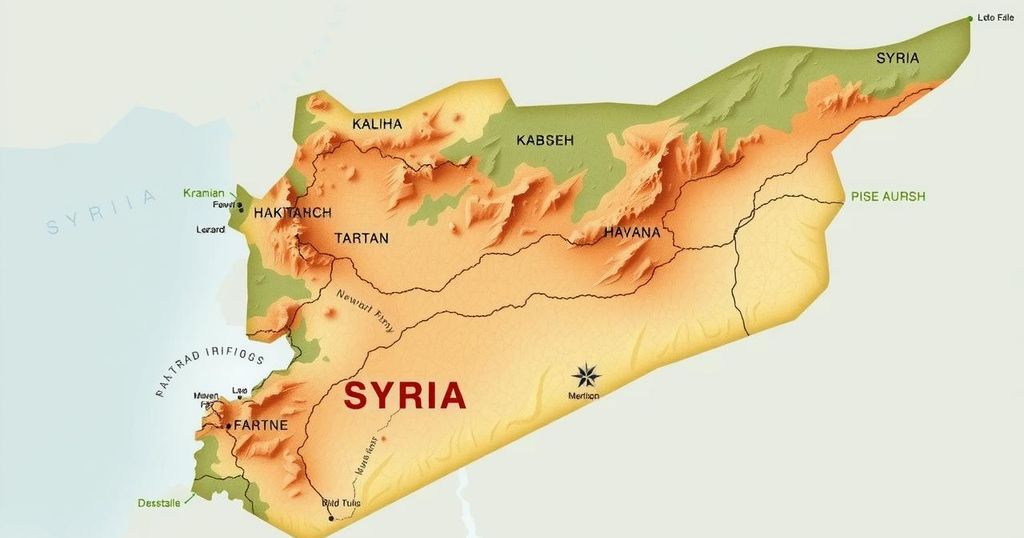Kurds in the ‘New’ Syria: Navigating an Uncertain Future

The integration of the U.S.-backed Kurdish force into Syria’s national army aims for unity and respect for the Kurdish minority but faces significant challenges, including an ambiguous constitution and ongoing violence. The deal, while symbolically important, does not resolve tensions between Arabs and Kurds, and the future of the SDF remains uncertain.
The recent agreement aims to integrate a U.S.-backed Kurdish force into the new Syrian national army, signaling a potential shift toward unity and respect for the Kurdish minority. The arrangement bolsters Syria’s interim president, Ahmad al-Sharaa, amid ongoing violence that has resulted in significant casualties among the Alawite community and civilians alike, undermining his promises against sectarianism.
Signed on March 10, the deal with the Syrian Democratic Forces (SDF) empowers General Mazloum Abdi and aligns with U.S. interests as they reconsider military support in Syria. The SDF, wielding control over northeastern Syria and its valuable resources, is tasked with integrating into the Syrian state, with celebratory reactions following the agreement.
However, the new interim constitution has raised concerns among Kurds, as it fails to explicitly recognize their rights while maintaining Arabic as Syria’s sole official language. The SDF has rejected the constitution, indicating it reinforces authoritarianism and limits political freedom, sparking protests across Kurdish communities.
Ibrahim Hamidi, an experienced journalist, notes that the agreement is significant yet contextualizes it as a temporary solution to broader issues stemming from Arab-Kurd tensions. With the rising number of forces loyal to Mr. Sharaa, the SDF’s previous numerical advantage appears diminished.
The future of the SDF remains uncertain under the Trump administration, which has proposed reduced funding despite previous support for combating Islamic State. The Syrian government aims to build a cohesive armed force, expecting SDF members to assimilate individually rather than as a distinct group, a notion contested by the SDF due to their role as protectors of the Kurdish population.
Turkey’s involvement complicates matters further, as it views the SDF as a terror group. Nevertheless, some in the Kurdish community believe the agreement occurs with American influence, portraying a potential shift in the dynamics between the SDF and the Syrian government.
Despite hopes for change, Kurdish perspectives vary on the SDF’s role and the demands for Kurdish autonomy. The integration of the SDF into a national army presents numerous challenges, with skepticism regarding the safety of Kurds amidst ongoing violence and a lingering mistrust of the Syrian government’s commitments. Experts caution that disarming the SDF could lead to dire consequences, highlighting the precarious nature of the situation and the necessity for careful navigation in securing Kurdish rights amidst the turbulent political landscape in Syria.
The complexities surrounding the integration of the Kurdish forces into the new Syrian state underscore significant challenges regarding minority rights and political representation. The uncertainty of U.S. support, contention over the interim constitution, and the SDF’s position highlight the delicate balance of power within Syria. As the situation unfolds, the Kurdish community’s response and the ongoing violence remain crucial variables in this evolving narrative.
Original Source: www.csmonitor.com








